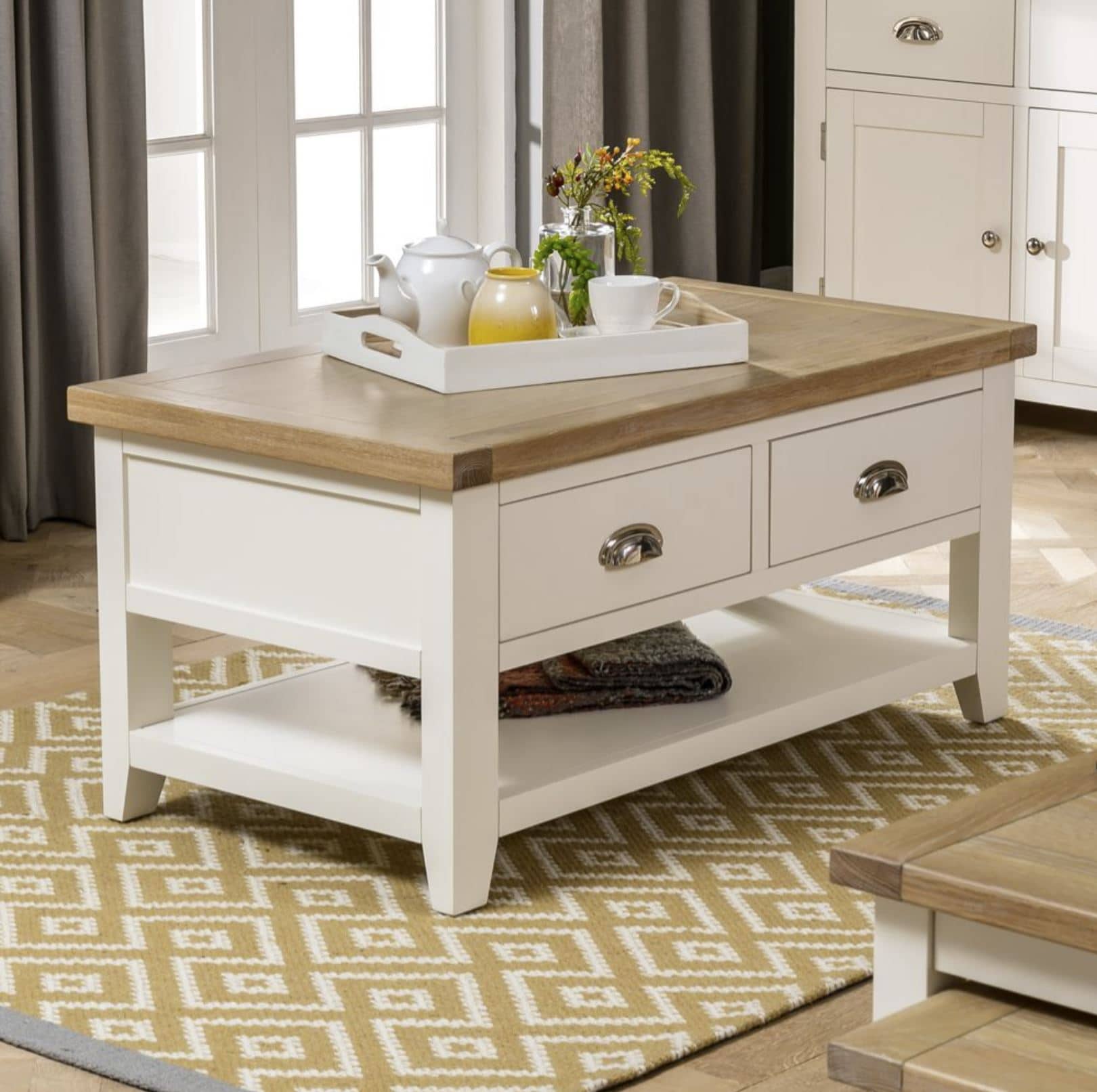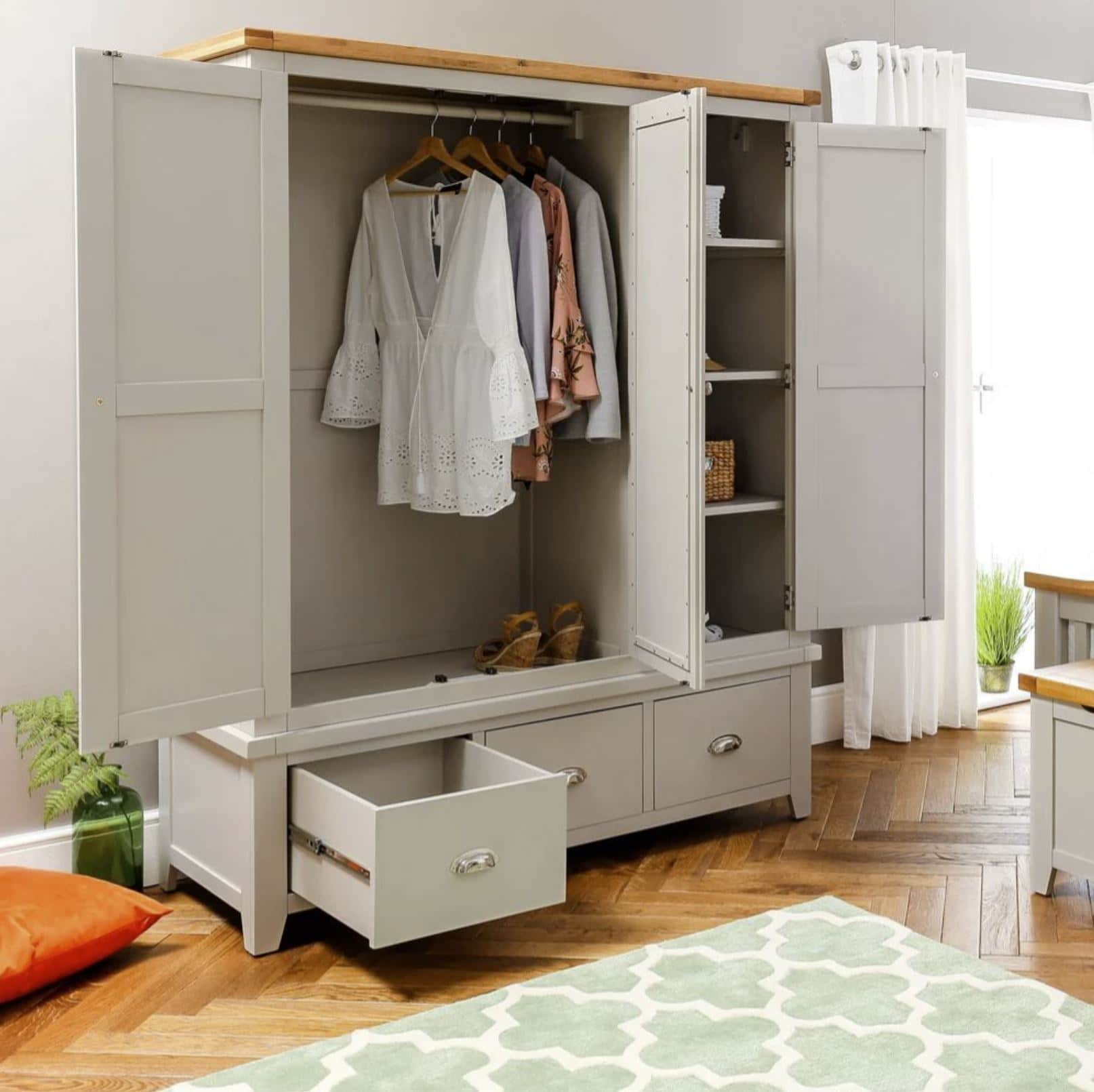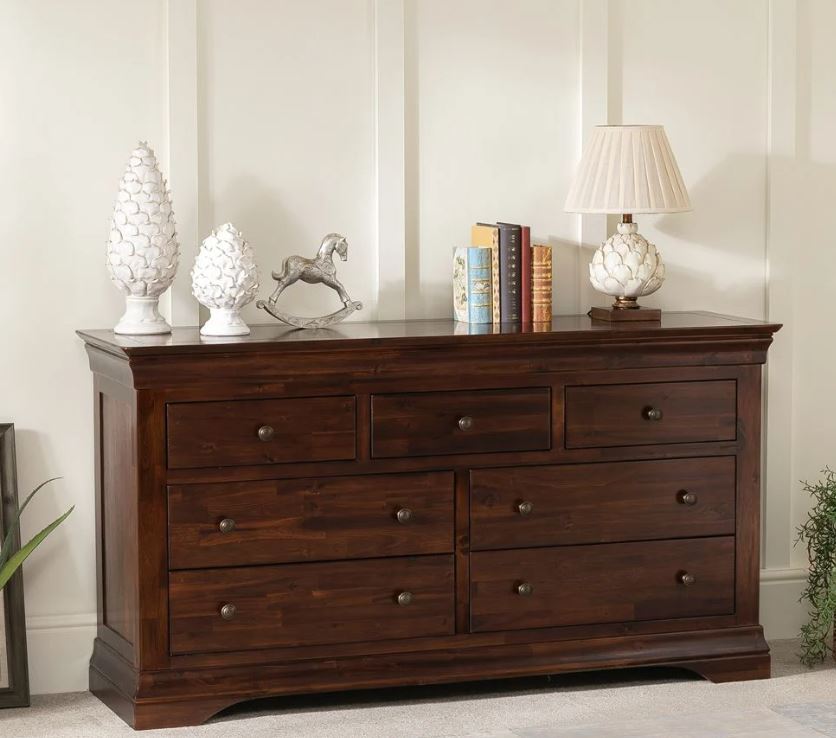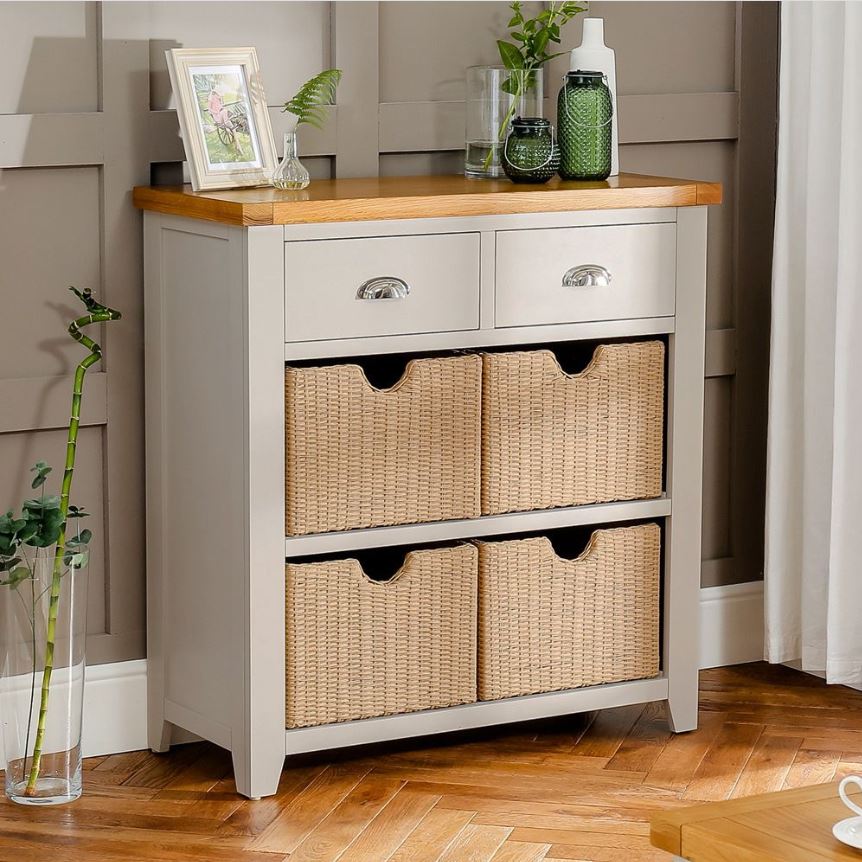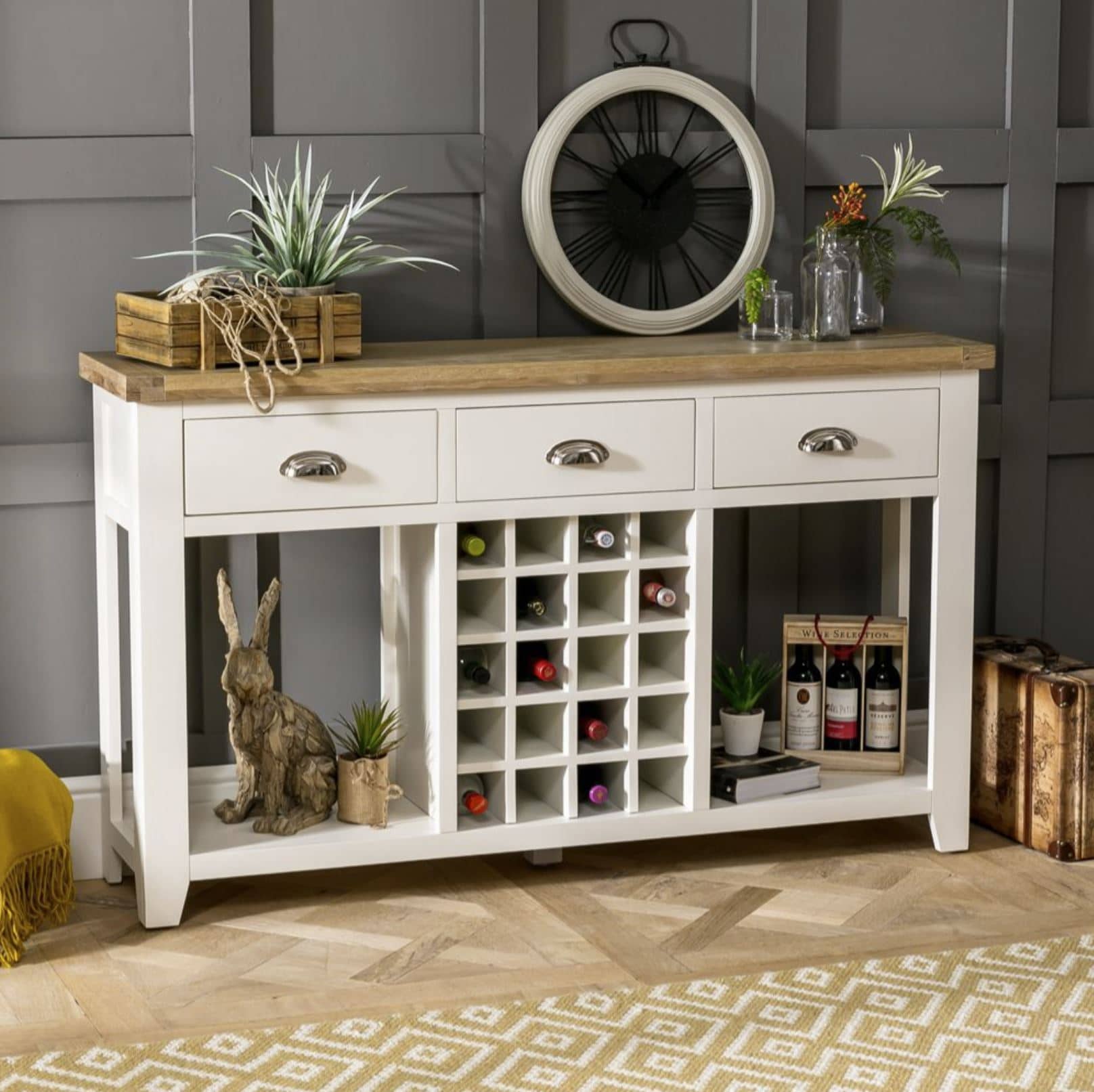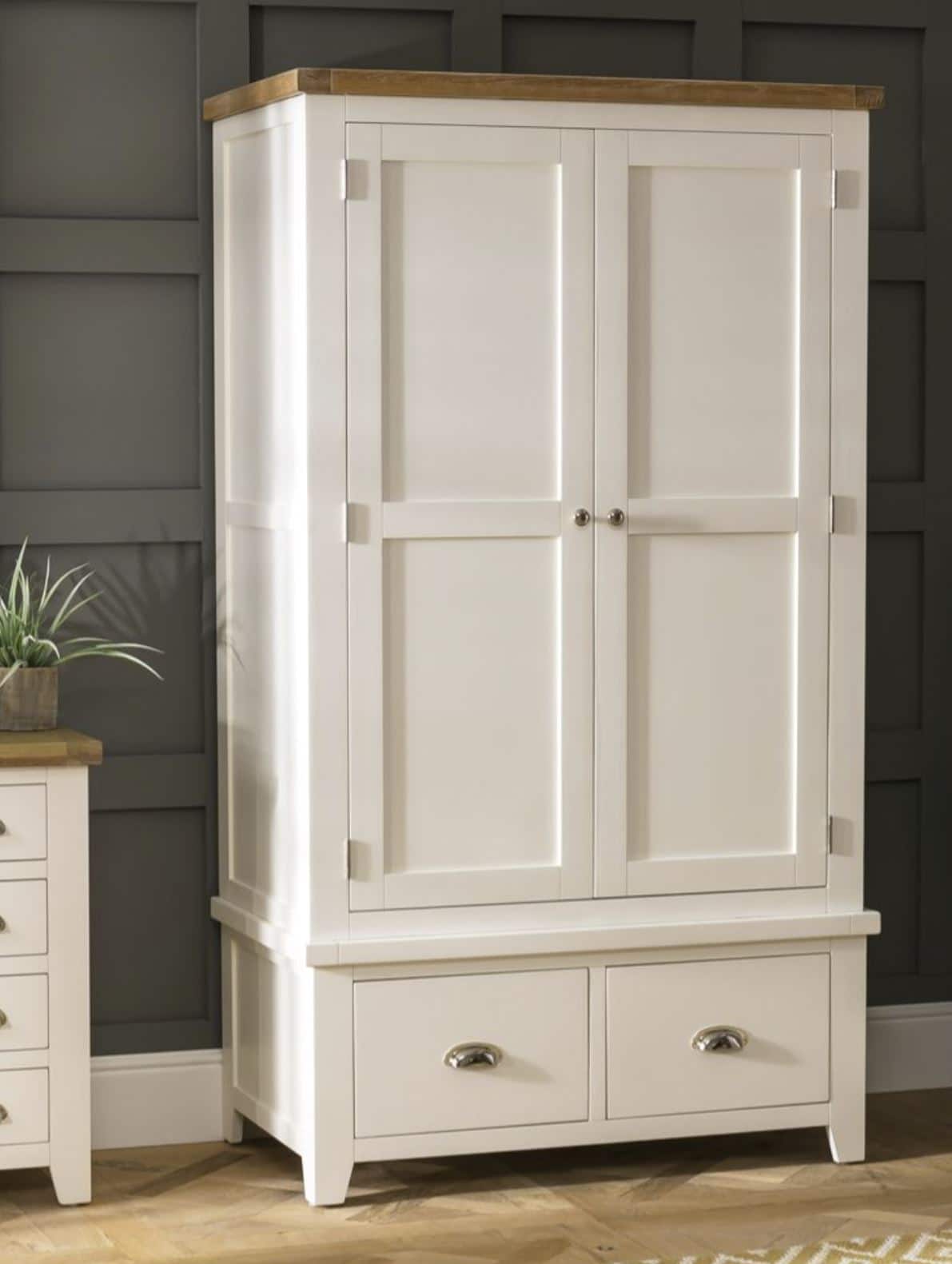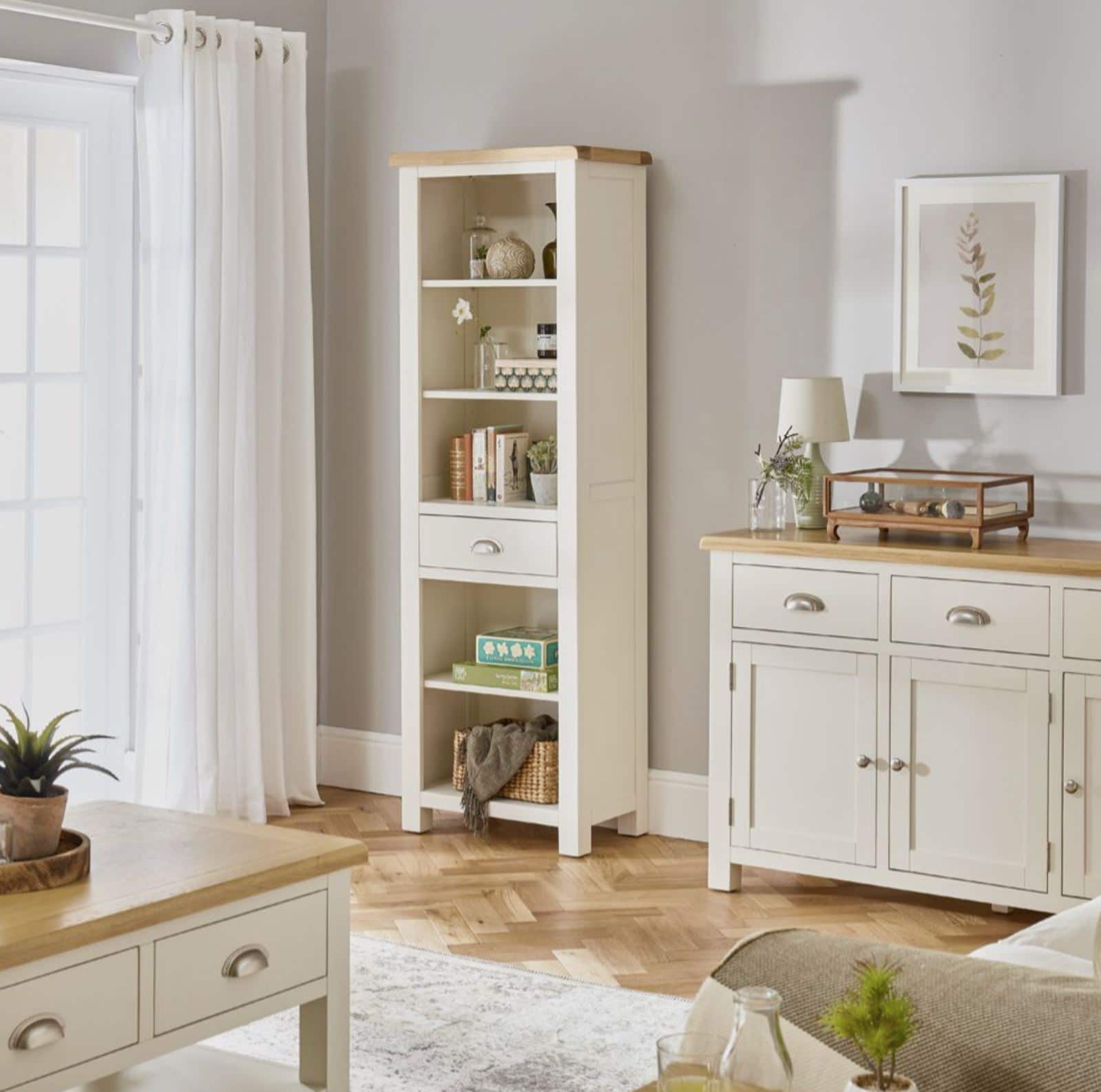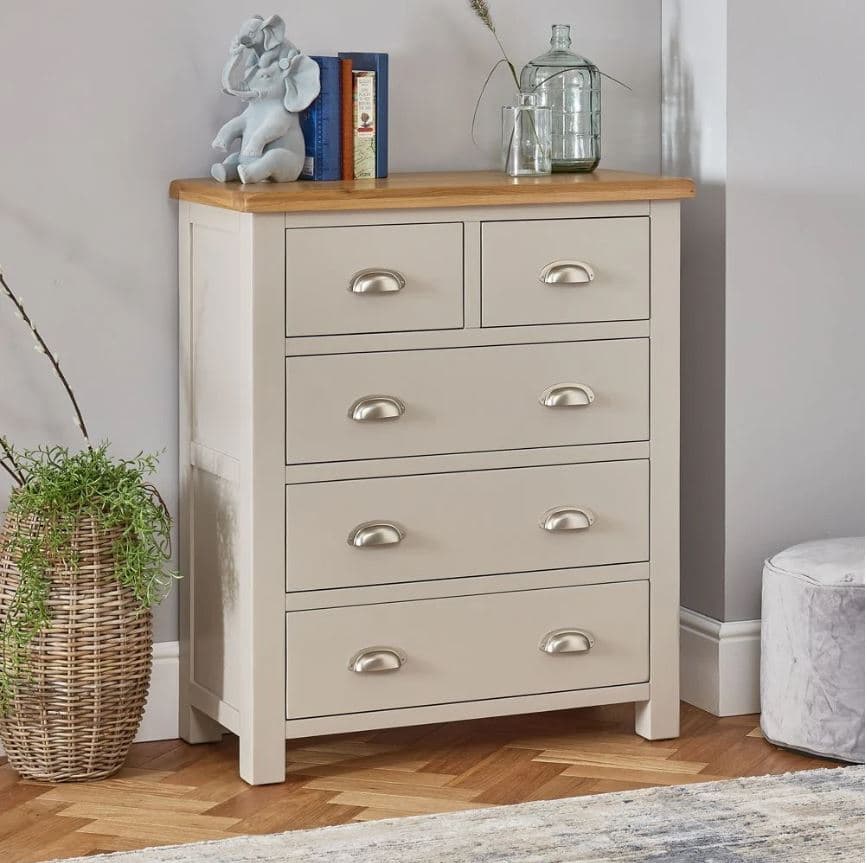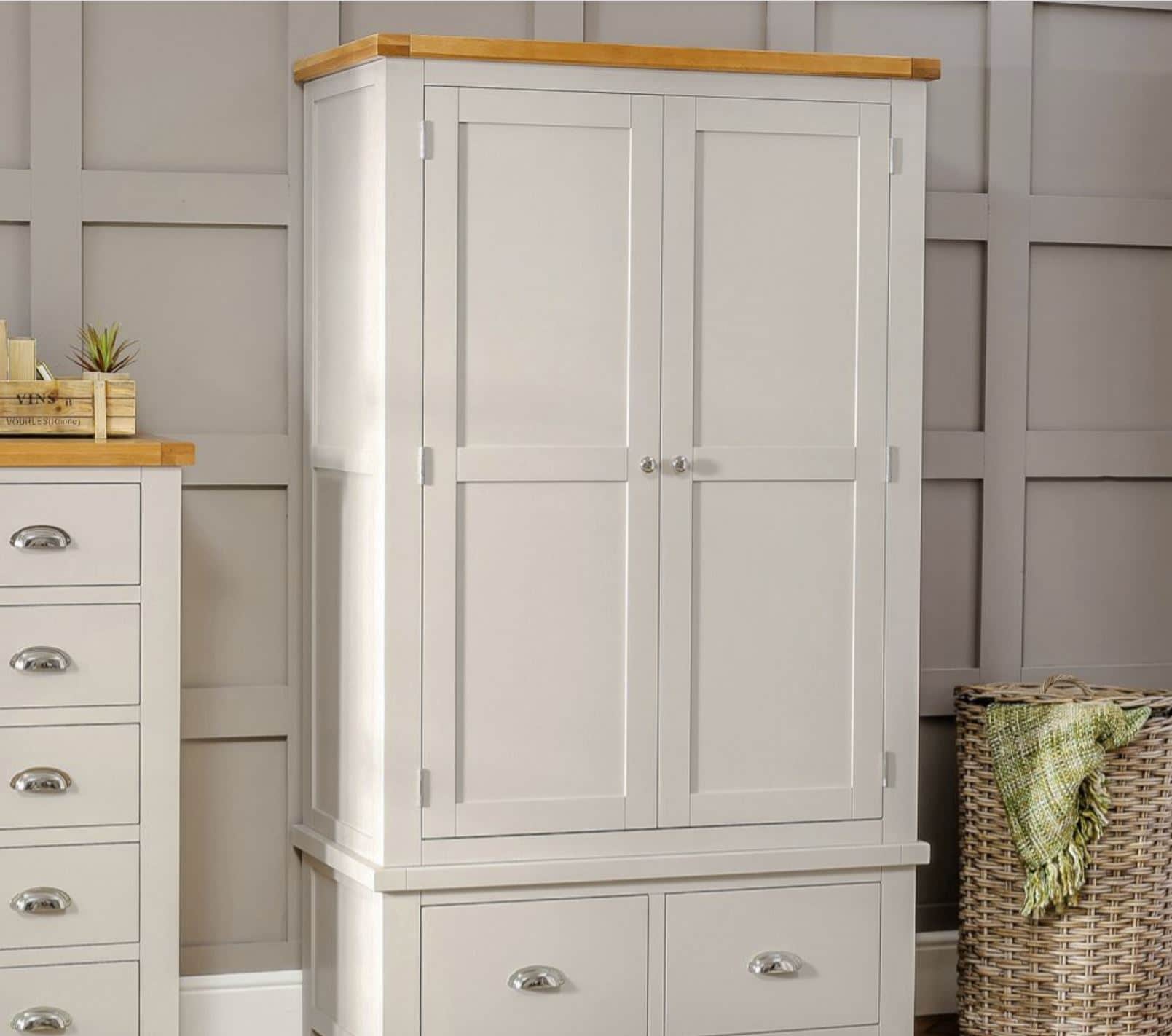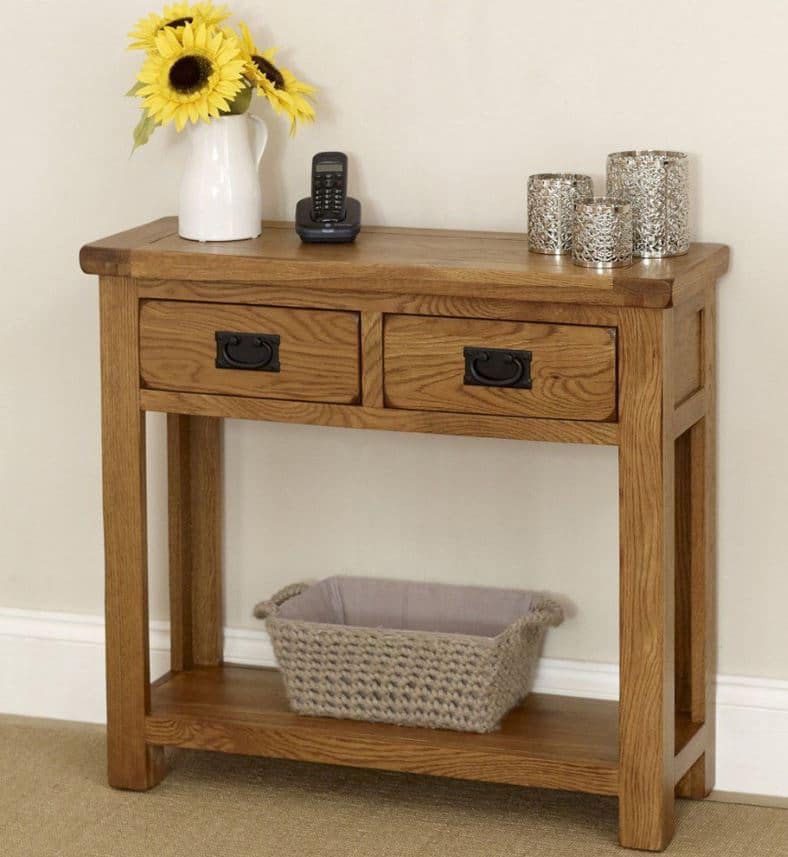Famous Interiors - The White House
- By Alicia Newman
- Interior Design Ideas
- views
Completed in 1800, the White House was designed by Irish-born architect James Hoban in a neoclassical style that reflects traditional Italian and Greek architecture with its crisp white exterior and column details. The Floor plan is similar to that of many Georgian mansions and is said to have been influenced by Hoban’s visits to Leinster House in Dublin. During the War of 1812, the White House was set ablaze and the building was damaged to such an extent that only the exterior walls remained and eventually even they had to be demolished and extensively reconstructed due to structural weakening from the fire. After the fire architect Benjamin Henry Latrobe and Hoban contributed to the design and played a hands on role in the reconstruction, which lasted from 1815 until 1817
When Chester Arthur took to office in 1881, Louis Comfort Tiffany was asked to recommend and employ an array of designers to assist in a renovation. In autumn 1882 work was undertaken on the main corridor of the building including adding a pale olive colour scheme to the walls that was accentuated with squares of gold leaf. The ceiling was decorated in gold and silver, and colourful stonework and stained glass was designed to spell out the word "USA". The Red Room was painted a deep Pomeranian red, and its ceiling was ornately and flamboyantly decorated with gold, silver, and copper stars and stripes of red, white, and blue. A fifty foot jewelled glass screen was erected with imitation marble columns to replaced the simplistic glass doors that separated the main corridor from the north vestibule
In 1902 Theodore Roosevelt hired McKim, Mead & White to carry out renovations in a neoclassical style that suited to the building's original architecture with the removal of the Tiffany screen and all Victorian features. Charles McKim designed and managed the project personally and proceeded to provide more living space to the President's large family by removing the staircase in the West Hall. President William Howard Taft employed architect Nathan C. Wyeth to createadditional space to the West Wing, which included adding the now famous Oval Office.
Jackie Kennedy undertook an extensive and historic redecoration of The White House during her time as first lady. Different periods of world history were chosen as a central theme for each room of the residence. A Federal style was chosen for the Green Room, French Empire influences the Blue Room, an American Empire style was showcased in the Red Room, Louis XVI for the Yellow Oval Room, and a Victorian style for the Treaty Room. With the assistance of interior decorator Sister Parish, Jacqueline Kennedy transformed the West Sitting Hall, the family’s living room into a cosy and inviting space that could be used for casual entertaining whilst staying in keeping with the home’s formality.
Stephane Boudin who was employed by Mrs. Kennedy to assist in her redecoration took over the design of the famous blue and red rooms and created a fabulous dressing room for the first lady, bedecked in blue silk. This room oozes femininity and opulence with luxurious fabrics, a button tufted chaise lounge and a glamorous leopard-skin throw. The walls display and array Kennedy family photographs and intricate 19th-century engravings depicting decorative window treatments.
In the early 1980s, First Lady Nancy Reagan employed Beverly Hills decorator Ted Graber to assist with her redecoration of the private rooms however she left Jackie Kennedy’s treatment of the Red Room mostly unchanged. Prints of colourful wildflowers were hung centrally above the almond green sofa in Nancy Reagan’s office and whilst most of the furniture was already part of the White House’s collection they were upholstered to fit in with the new colour scheme of the rooms. Nancy and Ronald Reagan’s bedroom was decorated in a rich cream colour scheme and the walls were lined with hand-painted chinoiserie wallpaper depicting flocks of birds and a grove of bamboo. The West Sitting Hall was again redecorated using furnishings brought from the Reagan’s California residence and this can be seen in the laid back and tropical feel of the design.
Since the Kennedy restoration each new president has made some changes to the interior spaces. Lady Pat Nixon refurbished the Green Room, Blue Room, and Red Room, working with Clement Conger and brought more than 600 artefacts to the house. Her husband created a modern press briefing room over Roosevelt's old swimming pool and added a single-lane bowling alley to the White House basement. The Green Room was redecorated in 2007 by Mrs. Bush who collaborated with White House curator William Allman and the Committee for the Preservation of the White House to produce an historic finished look. The Lincoln Bedroom was also restored at this time and pays homage to Lincoln’s time in residency, with its period-style valances and a marble chimneypiece that was replicated from the original piece. The hand-blocked wallpaper was custom made for the project by Adelphi Paper Hangings.
Most recently Michelle Obama took to update the small family dining room with a selection of modern art for a more contemporary design. The first lady made a bold change to the room that has been used for private events, including presidential working lunches. While retaining most of the antiques that were added in the Kennedy-era and the impressive 1780s crystal chandelier; Mrs Obama added artwork from artists Josef Albers, Rauschenberg, and Anni Albers. One of the most significant additions to this room is a 1966 painting by Alma Thomas, the first African-American woman whose art is included in the White House collection.
For more pictures of the White House interior, take a look at our latest Pinterst board - Pinterest - The White House


